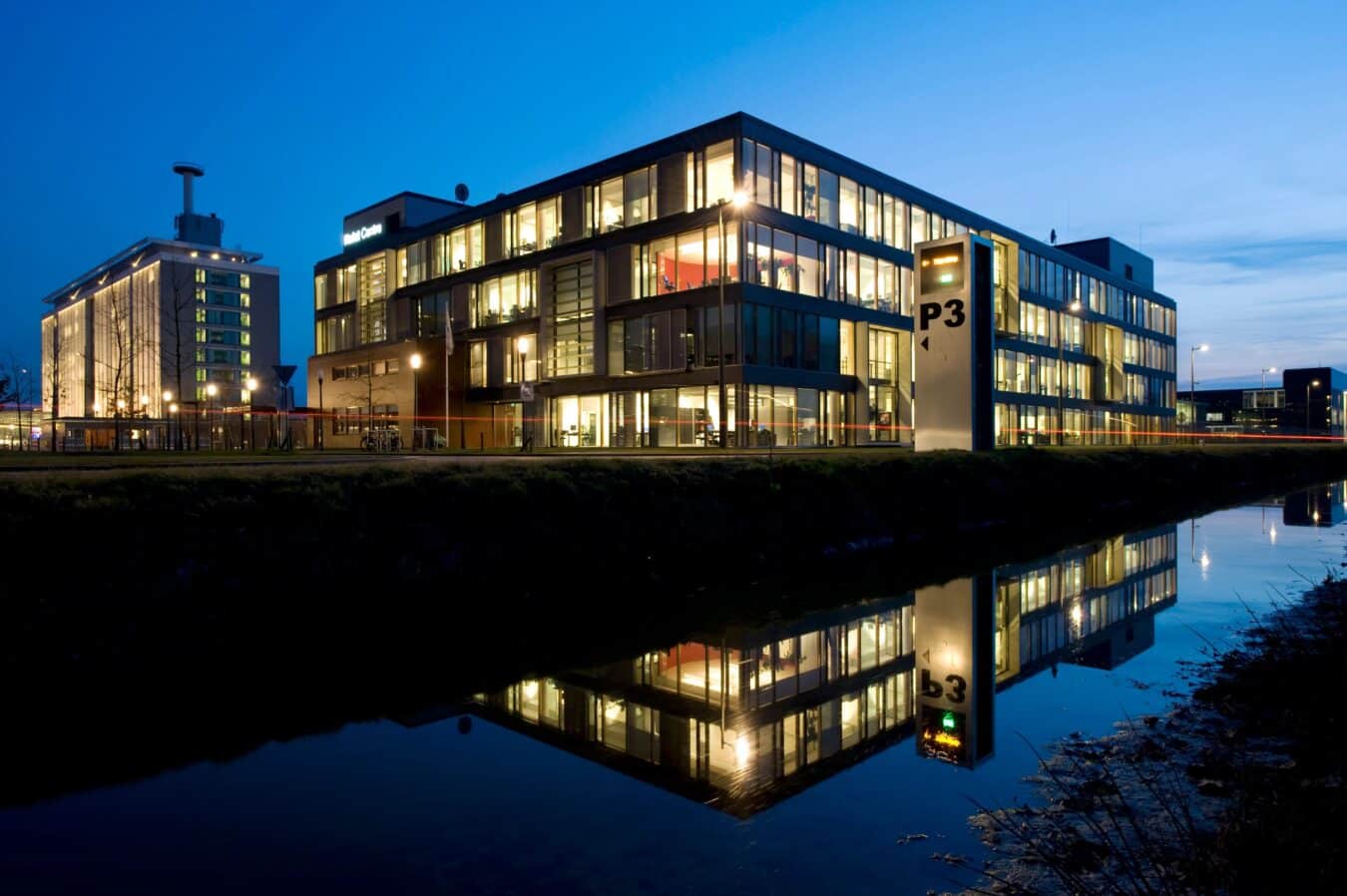PhotonDelta is ushering in a new era of photonic integrated circuits, championing collaboration and innovation across the Dutch and European semiconductor landscape. Eelko Brinkhoff, CEO at PhotonDelta, explores how this growing ecosystem is tackling global megatrends, from AI to geopolitics, and why photonics is key to the future of connected technologies.
Cloud computing, 5G and 6G infrastructure, AI… there are many global megatrends shaping the connected world. One of the most influential for semiconductors, currently, is geopolitics. The US, Europe and China are tangled in trade wars, and each is pouring investments into the semiconductor sector, creating a fiercely competitive landscape. In the Netherlands, the prevailing attitude is one of knowledge-sharing and collaboration, to avoid becoming too atomised at a time when semiconductor solutions are increasingly complex.
It’s an attitude adopted by PhotonDelta, a non-profit organisation supporting an end-to-end value chain of photonic chip companies that innovate to contribute to a better world. It does so by creating global awareness and promoting the benefits and potential of the Dutch and European photonic chip industry and its technologies. Through its investments, it has created an ecosystem enabling photonics companies to cooperate and grow together.
Why photonics?
AI is driving massive compute demand, but current processing performance is struggling to keep up. The limits are fast approaching on how much can go onto a single chip, putting Moore’s Law to the test. An alternative – or an evolution – would be SysMoore, which looks instead at the integration and optimisation of systems, whereby multiple technologies co-exist on a single chiplet. Photonic integrated circuits (PICs), which are microchips containing two or more photonic components to form a functioning circuit, will play an important role in helping to transfer data on the chip.
With indium phosphide – a strength in Eindhoven – it’s possible to have both active and passive components on a single chip. This can make devices more compact and scalable, with higher-speed data transmission, lower power consumption, and reduced signal loss and interference. These features are ideal for developing the new solutions needed for the energy transition.
But that’s only one area. PICs can also advance innovations across a range of applications. In healthcare, they support new diagnostic tech, wearable devices, and biosensors, among others. In food and agriculture, chips and sensors help to measure the freshness of food or soil fertility. And in quantum computing, PICs are a vital component in reaching the requisite speeds.
The photonics market is expected to grow rapidly. The total semiconductor market today is worth around $550/600 billion and expected to grow to $1 trillion by 2030. PICs make up 0.1% of the current total volume, which is expected to grow to 3% by 2040, therefore representing $30 billion in value.
Why PhotonDelta?
PhotonDelta invests in photonics companies and provides loans ranging from €250,000 to €1 million at affordable Euribor interest rates. In essence, it offers a financial foundation on which startups can build before turning to venture capital. The ecosystem has grown from four companies in 2018 to 70 today, comprising 800 employees, a number that’s expected to grow to 5,000 by 2030. Those ambitions rely on attracting talent to the industry, talent which is currently scarce, so PhotonDelta promotes photonics among school and university students, as well as among international talent.
The PhotonDelta ecosystem covers each stage of the semiconductor value chain: design, foundry, testing, packaging, and application. Around 80-90% of companies in the ecosystem spun out of nearby universities, like Technical University Eindhoven, and more are expected to join in the future, including more international businesses. So, with a growing ecosystem and a significant funding pool, PhotonDelta is leading Europe’s photonics industry to new heights. Photonic solutions contribute to a better tomorrow. The future is bright. Or rather, the future is light.
This blog is adapted from a presentation at Brabant Innovation Day 2024.

